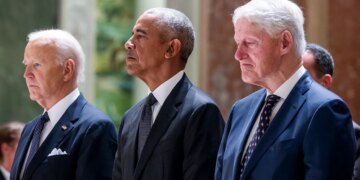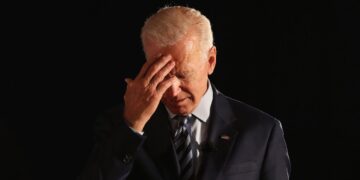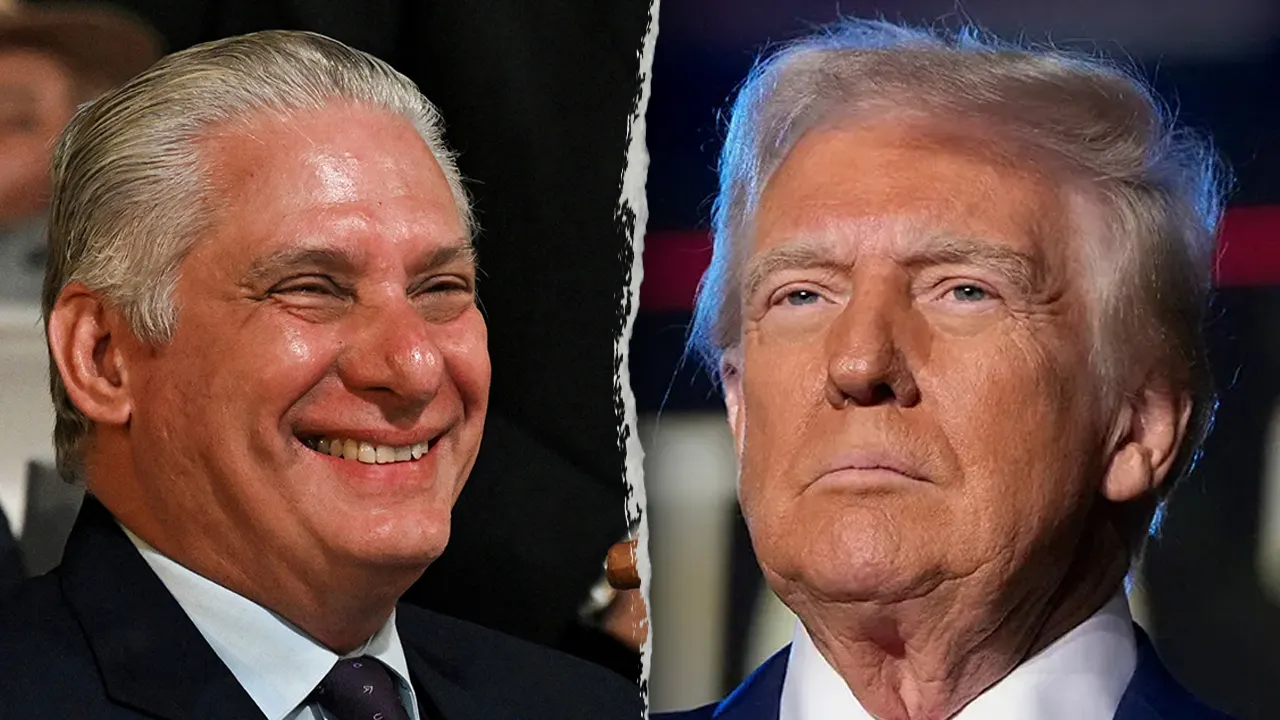I do have something to share with you today i generally reserve this channel for my own independent projects but recently i’ve been working with the folks behind the nobel peace prize and not only they’ve been wonderful to work with in terms of support and creative freedom
But they have allowed me to post the video here on my channel so thank you to them and here’s the film imagine for a moment the unimaginable happened a major city is hit by a nuclear weapon now no number could account for all the devastation that would result
But we can put a number on the deaths at least we can make an educated guess based on our understanding of what nuclear blasts do to city structures and people we’ll assume the bomb is detonated in the air to maximize the radius of impact as was done in japan in 1945
But here we’ll use an 800 kiloton warhead a relatively large bomb in today’s arsenals and a hundred times more powerful than the bomb dropped on hiroshima upon detonation a fireball as hot as the sun would expand to a radius of 800 meters those near the blast would be vaporized
And within a two kilometer radius all buildings would likely be destroyed and we’ll assume that virtually no one survives inside this area which based on population density would start the death tally at 120 000 people as you move further away from ground zero estimating depth becomes more complicated
From as far away as 11 kilometers the radiant heat from the blast would be strong enough to cause third degree burns on exposed skin and as you get closer to the blast the heat becomes so intense that clothing even skin would ignite into flames that said most people in the city would be
Indoors or otherwise sheltered from direct exposure but the very structures that offered this protection would then become a cause of injury as debris would rip through buildings and rain down on city streets as a rough estimate we can assume that half the people between two and 11 kilometers from the blast are killed
From burns debris smoke collapsed buildings and radiation sickness which translates roughly into an additional half million people many of these deaths will occur days even weeks after the attack radiation sickness takes about a week to cause death and much of the dust and ash produced from the explosion will be dangerously radioactive
Especially if it originated near ground zero and the distance the particles travel will depend on the wind and other factors now since this simulation is of an air burst attack it will produce significantly less radioactive fallout than ground attacks targeting missile silos or bunkers so we’ll go with a relatively small
Number of deaths outside the 11 kilometer range if it were a surface blast the fallout deaths could surpass all other deaths combined but it’s a very difficult number to predict in theory radiation deaths can be reduced if people can avoid exposure to the fallout especially during the critical first few days
Fallout shelters were common during the cold war but people rarely build shelters today and schools no longer practice nuclear war drills we generally talk less about surviving a nuclear attack and in a way it’s good that we’re less afraid of the bomb now that the cold war is over when
Nations are less on edge the risk of accidents is arguably reduced but nuclear weapons remain one of the great threats to humanity and today we’re entering a new era in nuclear weapon history long-standing nuclear arms treaties are being reassessed and countries big and small face the prospect of new arms races
In part because technology is emerging that may give one side a considerable strategic advantage notably hypersonic weapons current nuclear missiles travel around the earth at high altitudes making them visible by radar earlier in their flight Some hypersonic vehicles travel close to the earth through the atmosphere at at least five times the speed of sound giving defending countries far less time to react and remember that some of the most perilous moments during the cold war occurred when countries maneuvered to reduce their opponent’s reaction time
And the less time countries have to react the more likely an accident will occur or a rash judgment and then you have smaller nukes that blur the line between conventional and nuclear weapons providing a more slippery path to nuclear escalation now for ordinary citizens nuclear weapon policy may seem like a complex
Even intimidating topic but leaders often consider public perceptions when making policy in many countries voter opinion is an important factor whether you believe nuclear weapons have made the world safer or more dangerous both sides generally agree that the bomb brings an unparalleled risk and that there are things we can do
To reduce the risk like minimizing how many countries get the bomb or scaling back cold war arsenals or stabilizing technology races or pledging to never be the first one to strike such ideas have often resulted in signed treaties some of which have held for decades some are at risk of expiring
And some just need a final push to become activated by being steadfast in these efforts and not walking away from diplomatic achievements we can continue the work of ensuring that this nightmare simulation never becomes a reality if you would like to learn about specific policies that could help reduce
The risk of nuclear war you can find links to resources in the video notes you

































 Reaction & Commentary
Reaction & Commentary









